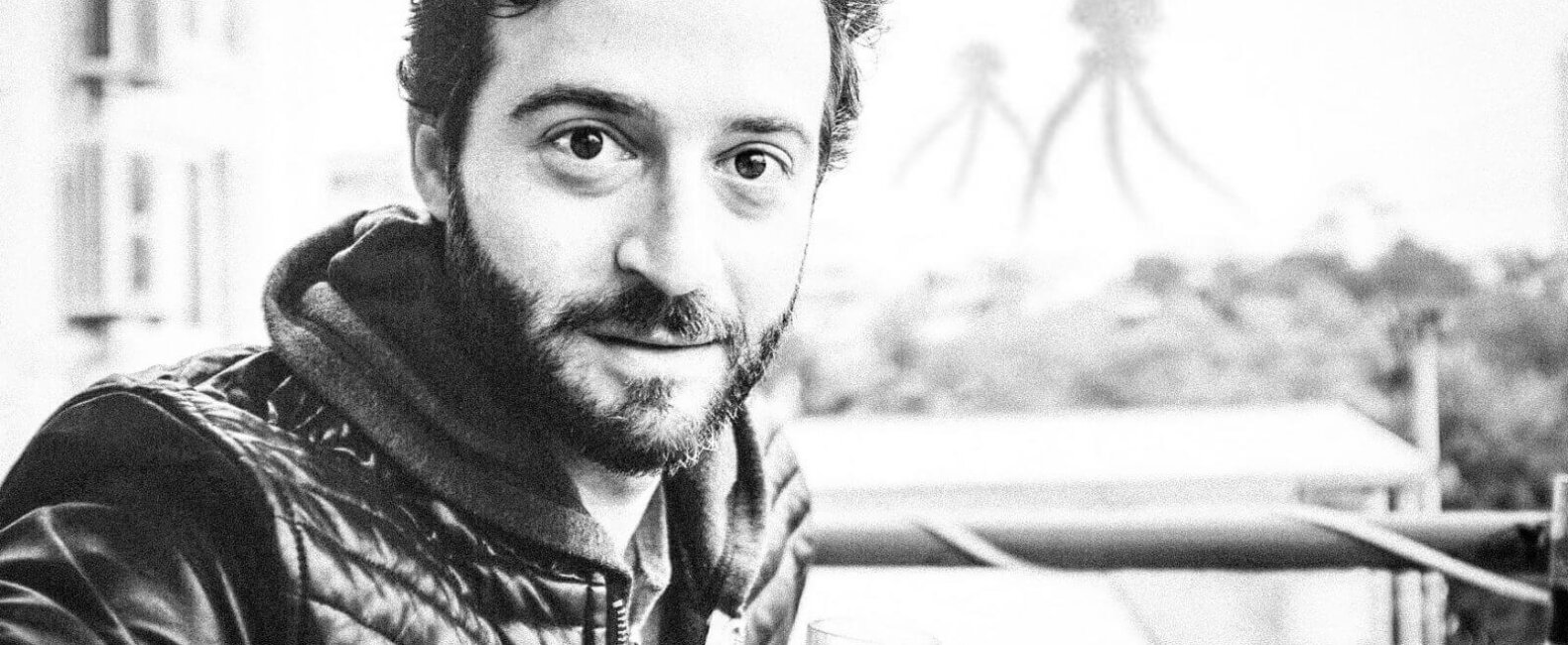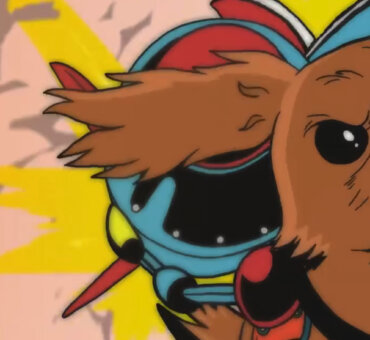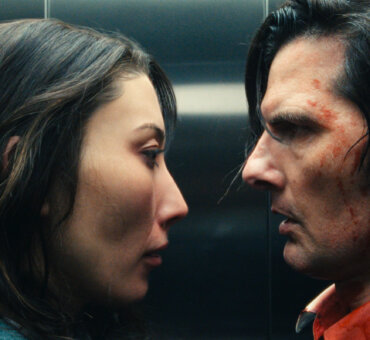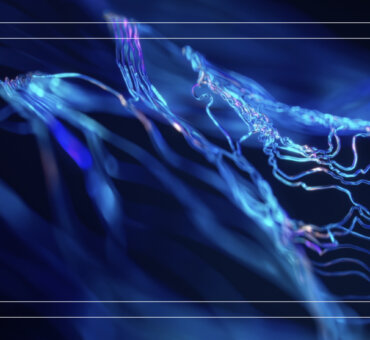As the editor for the SNL Film Unit as well as working on Documentary Now!, The Other Two, and many more, Adam Epstein gets the rare opportunity to cut a new short film every week during the season. It’s a mad-dash, fast-paced process that we’ve talked about before with Adam. That’s why we think he’s the perfect person to talk to about putting together your edit.
He has great advice on:
- Setting a Tone
- Starting Your Edit
- Maintaining Simplicity
- Knowing What’s Necessary
- Trying New Things
- Communicating with Detail
- Trusting Your Gut
- Moving On
So, without further ado, here’s 8 editing tips from SNL’s Adam Epstein.
1. Set the Tone
Filmsupply: How important is it to set a tone at the beginning?
Adam Epstein: Often times I’m working on a parody for SNL or something inspired by something else. It’s important to be mindful about why something feels a certain way—then boil it down to the essentials. That’ll get you most of the way.
For example, are you referencing a TV show that’s really saccharin and uses Explosions in the Sky as the soundtrack? What does that feel like? It feels like a flowery, grander type of thing. So, we’ll most likely be lingering on shots a bit longer. We want to stay with master shots and let things play out.
And that conversation needs to happen before anything else?
Yeah. I’ve been lucky with the directors I’ve worked with at SNL because I’m good friends with them and we’re like-minded when it comes to pop culture. So, if we’re doing a Karate Kid parody or something like that, there’s an understood language of what an ‘80s teen action movie feels like. But, it’s important to break it down into pieces that make up what it represents and then think about the overall feel you get from it.
2. Getting Started
What’s your first step when you start cutting?
I think starting, a lot of times, is a very hard thing to do. When I’m building something out, I don’t build it linearly with the first shot in the first scene. I go through everything and find moments that I feel will work well. I’ll start with things that I feel really confident about and get that down first to start building something out.
It’s about letting it happen more organically. That’s really helpful for me from the get-go because I have something to react to as opposed to creating from a blank space.
How do you pick that first moment?
It depends a lot on the form, but it’s just those gut-check moments that you know are going to survive until the end of the process. In general, it can be a lead’s performance that is just really strong, beautiful camera work, or anything that’s strengthening the story.
When you’re done with everything, it may end up feeling a little chunkier. From there, it’s just a matter of massaging those things. But, I like this process because you can start to see problems and where things need smoothing, as opposed to building out things perfectly as you go along.
3. Keep things simple
As you start to piece everything together, how do you smooth out your edit?
For me, I’ve been tending toward simplicity more than I think I did when I started working—and maybe more so than some less-experienced editors. Let’s say there’s really solid coverage with a closeup and a great performance. A lot of times, the first inclination is to nitpick specific moments that are great in different setups and combine all of those into something.
But, I’ve found recently that it’s important to sit in a shot and let actors act. Let them be good at what they do and don’t cut away. Pull back to let things feel lived in a bit more. I’ve been trying to get away from being “overly cutty,” which is hard to do.
How do you know when it’s “overly cutty”?
After you do an assembly, start to look intentionally at things and ask, “Why are we cutting here?” Is there a specific reason for the emotion of the story or is the cut saying something? Even if there’s just a little subtext versus just cutting to tighten up within a line or because it feels cool. Cutting with more intention will help you realize when your cuts are unmotivated.
4. Do you miss it?
How do you know when a cut is necessary?
When you take it out and you’re bummed that it’s gone [laughs].
That makes sense.
On the other hand, there are times when you think you need something because it’s so funny or this and that. Then you lose it, watch it back, and realize you never needed it. It’s fine.
5. Don’t be afraid to try
Is it helpful to err on the side of trying, though?
Totally. The first builds are often you trying everything and putting in every angle because you want to see what you can work with. For example, a lot of times there will be an opening shot to the scene, like a master wide that’s setting up where we are. But, it could be more interesting to get rid of that shot entirely and come in on an abstract close-up a little deeper into the scene.
Is there a certain mindset for getting that critical perspective?
I wouldn’t say there’s any math to it. There are so many differing opinions as to why something works or feels a certain way. It’s just about thinking about what you’re doing, then going with your gut and trusting it. Also, working with good directors and producers who have a strong point of view is key.
That’s one thing I’ll say broadly. It’s very rarely me by myself in isolation with no one to bounce stuff off of. It’s always a dialogue and a discussion, which is the best part of filmmaking to me.
6. Details matter
With the tight timelines of SNL, are there things that continually pop up as problems?
Well, the main problem is always time. It compresses the entire processes and you’re skipping steps that you would have in a longer format where there is more delineation in parts of the process. If I’m working on a half-hour episode, the sound design I’m building out along the way is going to be rough. Whereas with SNL, producers are coming in and out throughout the day and what to see how stuff is feeling. You want to avoid as much confusion as possible.
It’s almost counterintuitive. The process is more detailed on a short timeline.
Sure. If there’s a green screen, the last thing you want to be saying is, “So, we’re going to get rid of that green screen” or “when that glass falls it’s going to be a better glass shatter.” I try to get ahead of the game and flesh out the details as much as possible.
Even on longer format stuff, it isn’t as drastic but I still want to do that, especially with sound. It’s really important for editors who are starting out. The more editors who focus on sound, the better things will be and the happier the people they’re working with will be—one-hundred percent of the time. I can say that with zero hesitation.
Especially when you’re doing comedy, you really don’t know whether or not something is going to work or be funny until you get a very specific rhythm of sound design cues and dialogue playing off each other. You need to get into the minutiae and then you’ll take it to almost being done. It makes your rough cuts feel less rough.
7. Trust your gut
How do you keep your creative brain engaged when you’re turning things around so quickly?
It’s actually sort of the paradox of a place like SNL. The time is tight, but that forces you to always be working in more of an improv kind of brain. Don’t get me wrong, there are definitely shortcuts. But, also one of the things about the show, too, is we’re very rarely doing the same style from week to week. It’s much harder to fall into stylistic habits. One week it might be a promo that feels like like an ad for like Bravo TV and then one might feel like a Terrence Malick movie and then one might feel like a Tony Scott action trailer.
It’s actually the opposite then. It’s hard to not be creative in that tight of a deadline?
Yes. It doesn’t really allow too much time for over-thinking. When you’re working on something longer, usually you go through every iteration and try eight takes of everything. Oftentimes, you end up going back full circle to that initial gut reaction that you have. Not always, obviously.
The show’s timeline forces everyone to work on gut reactions and instinct. Like, Oh, that made us laugh in the moment. So we’re not going to overthink it and just going with that.
8. Move on
Do you have any final advice for when an edit might be hitting a wall?
Yeah, definitely. What I normally do is move on and know that it’s going to be something that I’m going to have to deal with eventually—but I’m not going to try to solve it in the moment. Oftentimes, while you’re working on something else, that’s when you’ll have a breakthrough. Also, something you do later on down the line could solve your problem. You might come up with a different idea with what you’re working on that you could then tie in the place you were stuck into that. You’re giving yourself an out.






